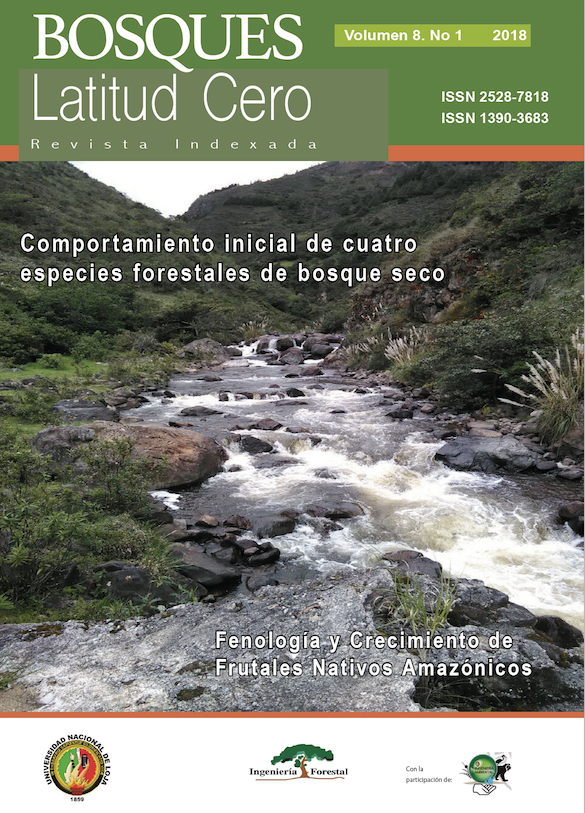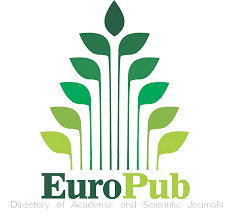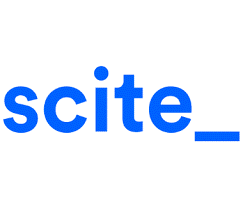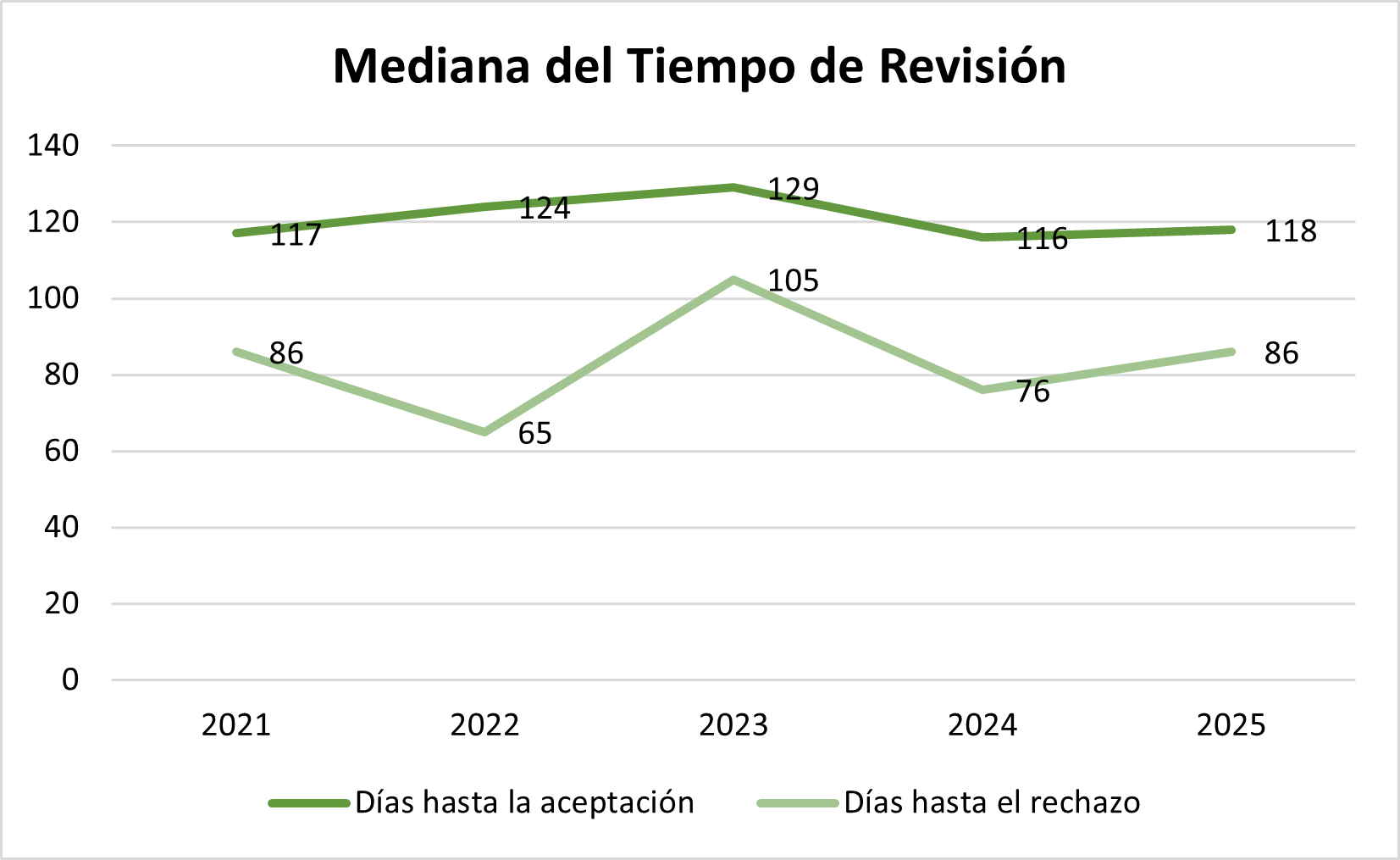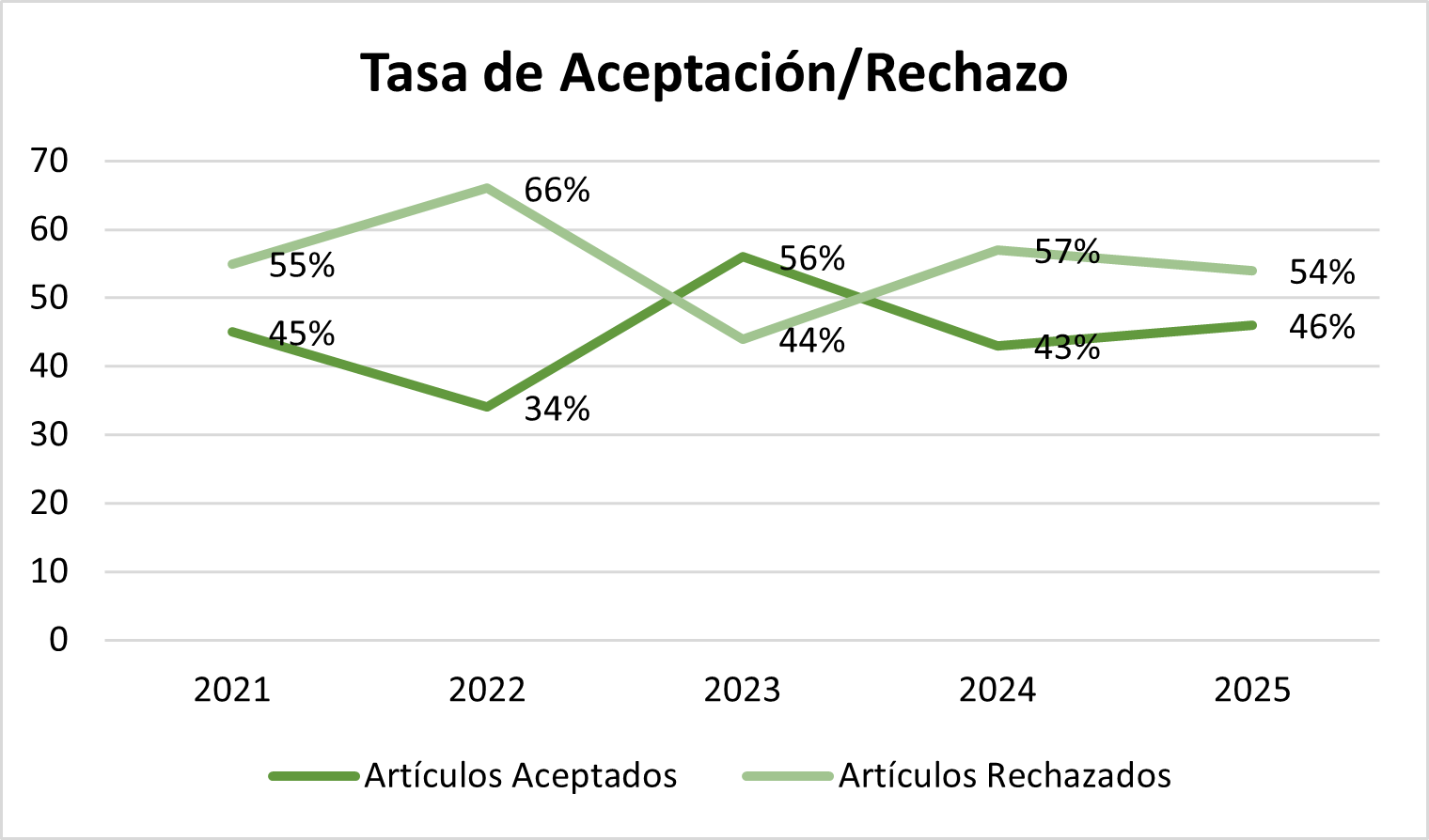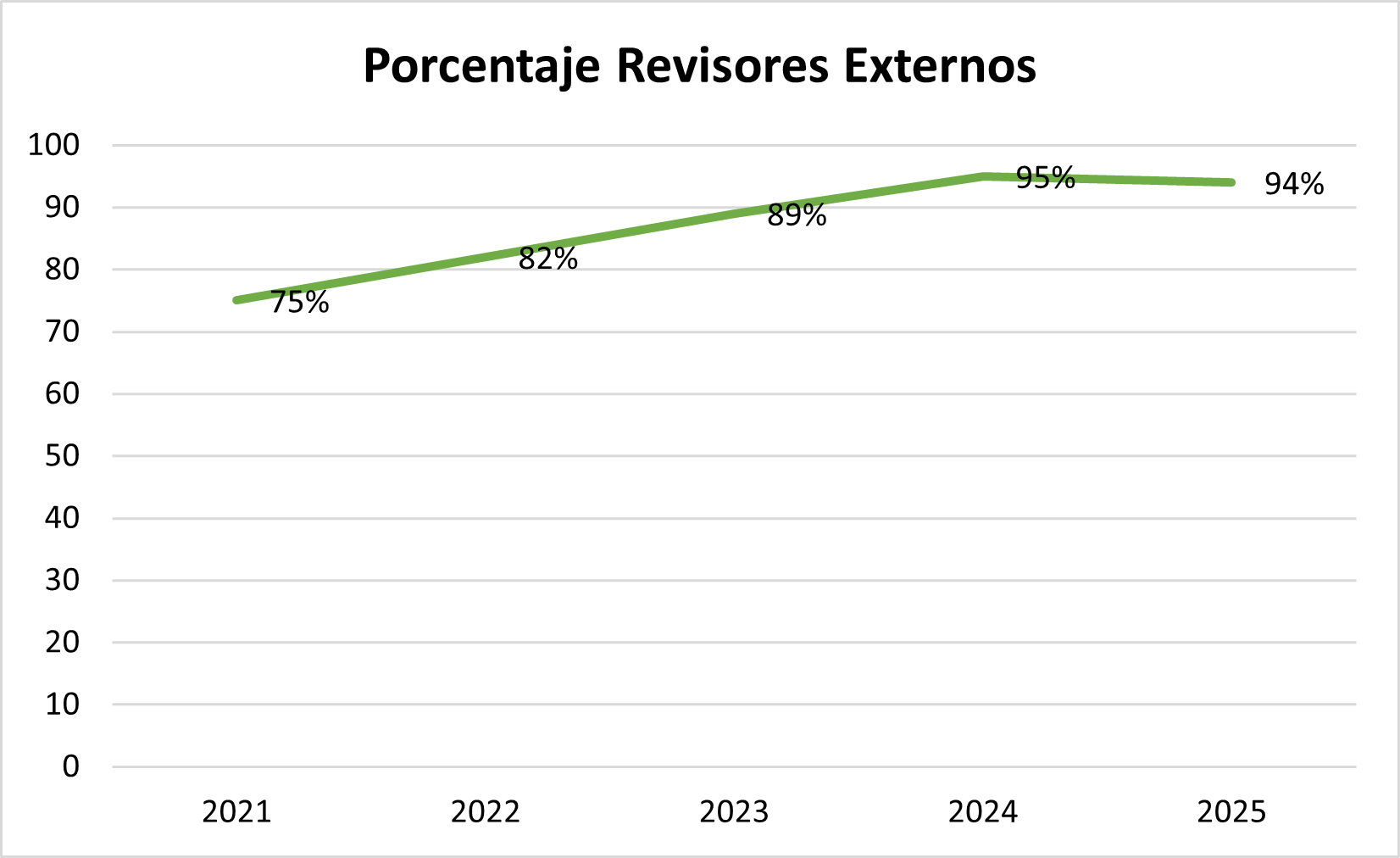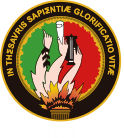Identificación de amenazas, estrategias de manejo y conservación de los servicios ecosistémicos en subcuenca “La Suiza” Chiapas México
Palabras clave:
servicios ecosistémicos, bosque, amenaza, estrategias, conservación, comunidadResumen
La subcuenca “La Suiza” por su ubicación geográfica y política presenta una alta gama de generación de servicios ecosistémicos. El propósito del estudio fue: Identificar espacialmente las amenazas que ponen en riesgo la generación de los servicios ecosistémicos, e identificar posibles estrategias de manejo y conservación de los mismos en la subcuenca “La Suiza”. El estudio encontró 12 amenazas que ponen en riesgo la generación de los servicios ecosistémicos, identificándose como amenaza principal la topografía del terreno con pendientes mayores al 30 % de inclinación que equivale a 2 825,04 hectáreas (46 %) del territorio total de la subcuenca “La Suiza”. Así mismo se encontró que existía una asociación significativa entre tipo de amenazas y tipos de productores el valor p del estadístico Chi Cuadrado G2 es = 0,0001 menor al nivel de significación α= 0,05. Por otra parte se encontró, que el pago por servicios ambientales (PSA) sobresalió como posible estrategia de conservación de los servicios ecosistémicos en la subcuenca.Citas
Balvanera, P., H. Cotler (2009). Estado y tendencias de los servicios ecosistémicos, en Capital natural de México, vol. II: Estado de conservación y tendencias de cambio. Conabio, México,
pp. 185-245.
Cárdenas, M; Choquevillca, P; Saavedra, J,P; Torrico, G; Espinoza J. (2008). Construcción de Mapas de Riesgo. Criterios metodológicos. 1. ed. La Paz, BO. 50 p.
Centro Agronómico Tropical de Investigación y Enseñanza. (CATIE). (1999). Redacción de referencias bibliográficas. Normas técnicas del IICA y CATIE/ Instituto Interamericano de Cooperación para la Agricultura. Centro Agronómico Tropical de Investigación y Enseñanza. 4 ed. Turrialba. CR. Biblioteca Conmemorativa Orton. 1999. 40 p
Centro Nacional de Prevención de Desastres. (CENAPRE). (2001). Reseña Histórica de Incendios en México. Coyoacán. MX. 2001. 31p
Comisión Nacional Plan Turquino. (CNPT) (2003). Suelos Usos Conservación y Mejoramiento.
Manual técnico para las actividades agropecuarias y forestales en las montañas. Agrinfor 2003. La Habana. CU. CP10600. 31p
Conservation International. 2004. Conserving Earth’s living heritage: A proposed framework for designing biodiversity conservation strategies. Conservation International.
Cubero, F. (2001). Clave de bolsillo para determinar la capacidad de uso de las tierras.1° ed. San José. CR. ACCS. MAG. ARAUCARIA. 200. 19 p
Di Rienzo, J; Casanoves, F; González, L; Tablada, E; Díaz, M; Robledo, C; Balzarini, M. (2008). Estadística para las Ciencias Agropecuarias. 2008. 7 ed. Córdova, AR. Brujas. 356 p.
Gómez, M. (2012). Amenazas de los servicios ecosistémicos (Entrevista). Propiedad privada de La Candelaria y el Triunfo. Chipas, MX. Obtenido de: http://www.nodo50.org/worldwatch/
ww/portadas/bosques.htm
Kristensen, P.J., C.J. Rader. (2001). The strategic management approach: Practical planning for development managers. Conservation International, Washington, D.C.
Maginnis, S; Méndez, J; Davies, J. (1996). Manual para el Manejo de Bosques Pequeños de Bosque Húmedo Tropical (con Especial Referencia a la Zona Norte de Costa Rica).
March, I.J., M.A. Carvajal, R.M. Vidal, J.E. San Román, G. Ruiz et al. (2009). Planificación y desarrollo de estrategias para la conservación de la biodiversidad, en Capital natural de México,
vol. II: Estado de conservación y tendencias de cambio. Conabio, México, pp. 545-573.
Miller, K.R., y M.S. Lanou. (1995). Planificación nacional de la biodiversidad: pautas basadas en experiencias previas alrededor del mundo. World Resources Institute, Washington, D.C. -Programa de las Naciones Unidas para el Medio Ambiente, Unión Mundial para la Naturaleza.
Mora, J; García, L; Sol, L. (2008). Ciencia de la Tierra para la Sociedad. Sequia. UNAM. MX. 2008. 3p
Pacheco, P. (2004). What lies behind decentralization? Forest, powers and actors in lowlands Bolivia.
European Journal of Development Research 16(1):90-109.
Santamarta, J. (2001). La Situación Actual de los Bosques en el Mundo. Disponible (en línea).
USEPA. (1983). Results of the Nationwide Urban Runoff Program. Volume 1 - Final Report. Water Planning Division. Washington, D.C. EE.UU.
Descargas
Publicado
Cómo citar
Número
Sección
Licencia
Derechos de autor 2018 Bosques Latitud Cero

Esta obra está bajo una licencia internacional Creative Commons Atribución-NoComercial-CompartirIgual 4.0.
Esta obra se publica bajo la licencia Creative Commons Atribución-NoComercial-CompartirIgual 4.0 Internacional (CC BY-NC-SA 4.0). Esto significa que los usuarios pueden copiar, distribuir y adaptar el contenido, siempre que se otorgue el crédito adecuado a los autores y a la revista. No se permite el uso comercial del material. Además, cualquier obra derivada debe distribuirse bajo la misma licencia. Esta licencia garantiza el acceso abierto al conocimiento, promoviendo la difusión y reutilización de los trabajos publicados sin fines de lucro, respetando la autoría y asegurando la libre circulación del contenido en términos equitativos.

